
These Wax Worm Caterpillars Can Eat & Digest a Plastic Bag in Just One Day

The Worm That Eats Plastic: How a Beekeeper’s Accidental Discovery Could Help Save the Planet
Scientists held their breath as they cut open the belly of the world’s largest animal. What tumbled out was horrifying: thousands of pieces of plastic weighing 220 pounds. In the winter of 2019, a young sperm whale washed ashore on Luskentyre Beach in Scotland, its stomach filled with plastic bags and nylon fishing nets that had blocked its digestive system and starved it to death.
Heartbreaking scenes like this have become increasingly common in recent years, from sea turtles strangled by plastic rings to seabirds dying with bottle caps in their stomachs. Global efforts to reuse and recycle plastic have helped somewhat, but they remain far from enough to tackle the billions of tons of waste humanity produces. Yet a recent accidental discovery has sparked fresh hope among scientists and environmentalists alike.
While cleaning her beehives, an amateur beekeeper stumbled upon something extraordinary—an organism capable of breaking down one of the toughest plastics ever made. That chance encounter might reshape how we deal with the mountains of plastic choking our oceans, soils, and even our own bodies.
A Beekeeper’s Happy Accident

Dr. Federica Bertocchini, a Spanish biologist who keeps bees as a hobby, made the discovery while cleaning out her hives. She noticed small, wriggling worms that were devouring the beeswax and damaging her hives. Disgusted, she swept them into a plastic grocery bag and left it aside.
When she returned later, she noticed the bag was full of holes. The worms weren’t just chewing through—it appeared the plastic itself was dissolving. Her scientific instincts immediately kicked in. She collected the worms, known as Galleria mellonella or wax worms, and brought them to her laboratory for further investigation.
In her words: “My beehives were plagued with wax worms, so I started cleaning them and putting the worms in a plastic bag. After a while, I noticed lots of holes. We found it wasn’t just chewing—it was chemical breakdown. That was the beginning of the story.”
Wax worms are the larvae of the greater wax moth, commonly used as fishing bait. They naturally infest beehives, feeding on beeswax—a material made of complex hydrocarbons. The similarity between wax and plastic turned out to be the key.
Wax Worms vs. Polyethylene: Nature Takes on the Toughest Plastic
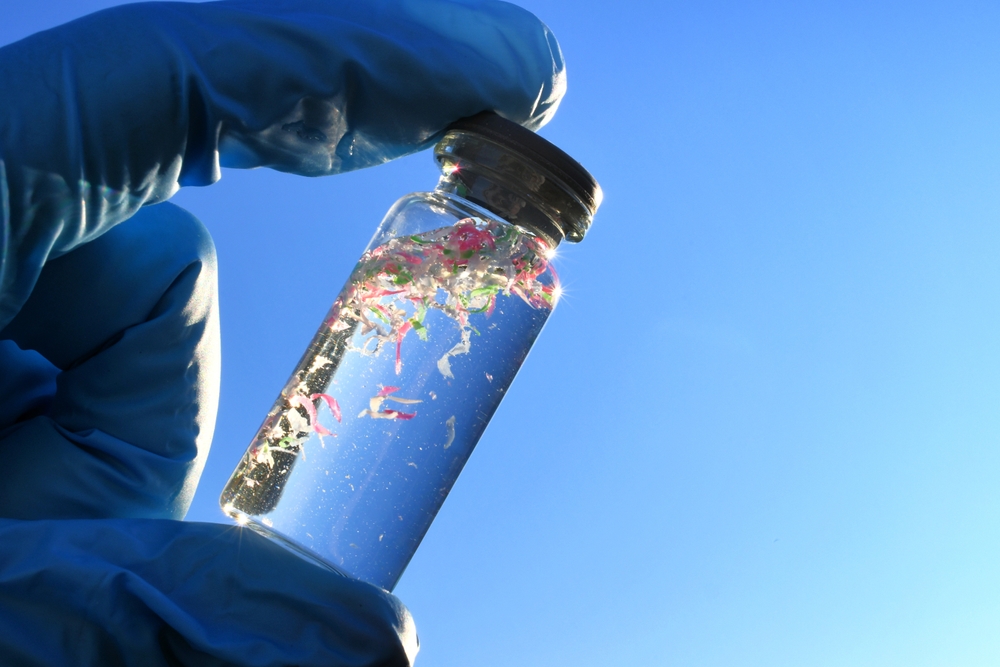
Polyethylene accounts for nearly one-third of all plastic produced worldwide. It’s used in grocery bags, bottles, and countless forms of packaging—and it’s notoriously resistant to decomposition. In nature, it can take centuries, even millennia, to degrade.
Dr. Bertocchini’s team found that wax worms could chemically break down polyethylene in a matter of hours. Subsequent analysis revealed why: both beeswax and polyethylene are composed of long carbon chains, and the worms’ saliva contains enzymes that oxidize and cleave these polymers apart.
Researchers identified these enzymes as phenol oxidases—powerful natural catalysts capable of decomposing plastics under mild, everyday conditions. The findings, published in Nature Communications, shocked the scientific community.
Enzymes That Work at Room Temperature
In follow-up studies, researchers at the Biological Research Centre in Madrid identified over 200 proteins in the worms’ saliva, narrowing down two key enzymes that performed the heavy lifting. Unlike most industrial recycling processes that require high heat, pressure, or harsh chemicals, these enzymes worked at room temperature, in plain water, and at a neutral pH.
That’s a game changer. Traditional plastic recycling often consumes more energy than it saves and generates secondary pollution. The wax worm enzymes, on the other hand, perform the same function cleanly, cheaply, and efficiently.
Optical microscopy experiments showed the enzymes gradually digesting microplastic particles over time, with most particles vanishing completely within 10 days at room temperature—and in just nine hours when warmed to 60°C.
Plastic Bags Disappear in Hours Instead of Centuries
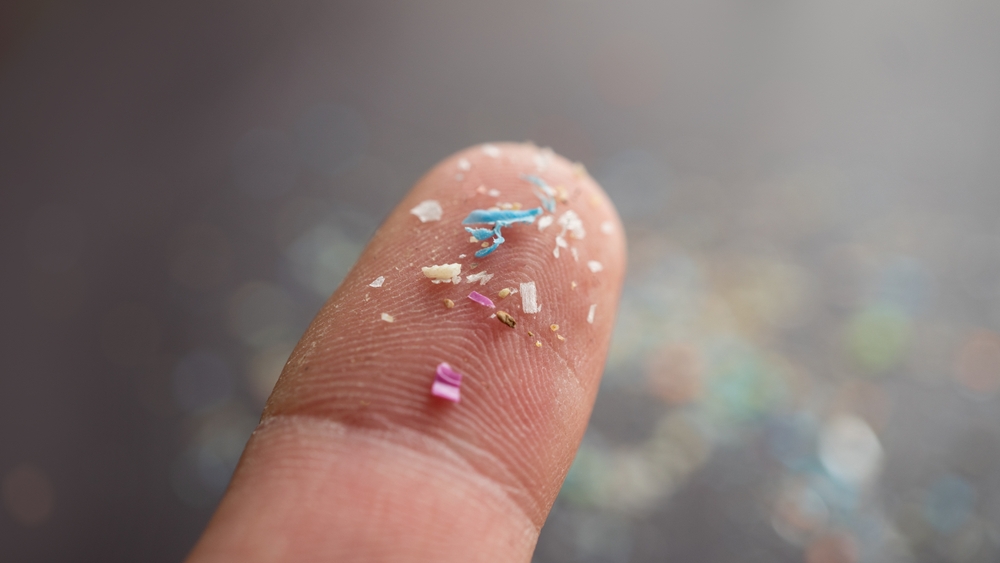
The difference in speed is astonishing. Polyethylene bags buried in landfills can remain intact for hundreds of years, merely fragmenting into smaller microplastics that persist indefinitely. Wax worm enzymes cut that lifespan from centuries to mere hours.
Professor Andy Pickford, director of the Centre for Enzyme Innovation at the University of Portsmouth, called the discovery “extraordinary,” noting that it could revolutionize how we process plastic waste: “If these enzymes can be replicated and scaled, we could turn polyethylene waste into useful resources rather than landfill.”
Beyond Bags: Breaking Down Multiple Plastics
The enzymes didn’t just digest polyethylene. Tests revealed they could also degrade PET (polyethylene terephthalate), used in soda bottles, and PBT (polybutylene terephthalate), used in electronics. They even handled PBS (polybutylene succinate), a biodegradable plastic.
This versatility gives the technology an edge. It could eventually complement other breakthroughs, like the Japanese “super-enzyme” that eats PET bottles or the marine bacteria that can digest polyurethane foam. Nature, it seems, is evolving faster than we imagined to tackle humanity’s mess.
From Worm Spit to Industrial Solutions
Raising billions of wax worms isn’t practical—but harnessing their enzymes is. Dr. Bertocchini envisions water-based enzyme kits for home use and industrial-scale applications. Households could one day dissolve plastic bags safely in enzyme solutions, while recycling plants use the same chemistry to convert waste into valuable raw materials.
When PET plastic breaks down, for instance, it produces terephthalic acid (TPA) and ethylene glycol—compounds that can be reused to make new plastic or converted into other industrial materials.
The Rise of Mirror-Image Enzymes
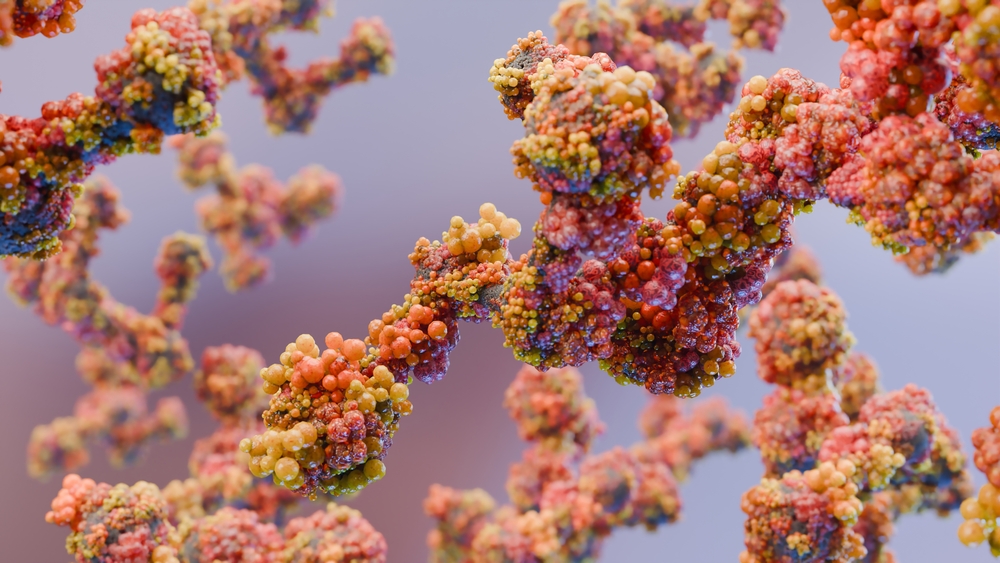
A related breakthrough came when scientists created “mirror-image” versions of plastic-degrading enzymes using D-amino acids instead of the natural L-amino acids. These mirrored enzymes don’t degrade as easily, meaning they stay active much longer in soil or seawater.
Tests published in Chem showed that the mirror-image enzymes lasted over 15 days in soil and seawater, compared with just two to four days for natural enzymes. This could open the door to treating microplastics in the wild—perhaps even inside the human body.
Microplastics have been found in human blood, lungs, and placentas. Because D-amino acid enzymes have low immunogenicity, researchers speculate that one day, they could help the body safely break down and eliminate these invisible pollutants.
A Long Road to Widespread Use
Despite the excitement, this technology is still in its infancy. Producing synthetic enzymes remains expensive, with high manufacturing costs and low yields. But improvements in peptide synthesis and automation could soon make them more accessible.
The promise of “bio-recycling”—using living or bioengineered systems to reclaim waste—signals a fundamental shift in environmental strategy. Rather than relying solely on mechanical or chemical recycling, humanity could turn to nature’s own design principles for help.
Millions of Tons, One Hopeful Worm
Each year, humanity produces over 400 million tons of plastic, much of which ends up in oceans and soils. From the summit of Mount Everest to the Mariana Trench, microplastics now contaminate every corner of the Earth. Only about 9% of that plastic ever gets recycled.
Enzyme-based recycling could change that equation—especially when combined with smarter waste management, reduced consumption, and biodegradable materials. By mimicking the natural chemistry of a simple caterpillar, we could unlock sustainable ways to transform waste back into resources.
Small Worm, Big Message

Wax worms remind us that nature often holds the solutions to the problems we’ve created. The answer to a global environmental crisis may come not from a laboratory or a boardroom, but from a humble creature that once lived quietly inside a beehive.
This discovery offers a profound lesson in humility and hope: innovation doesn’t always mean inventing something new—it sometimes means rediscovering the power of what already exists. If we learn to work with nature instead of against it, we may yet find a way to clean up the mess we’ve made.
News in the same category

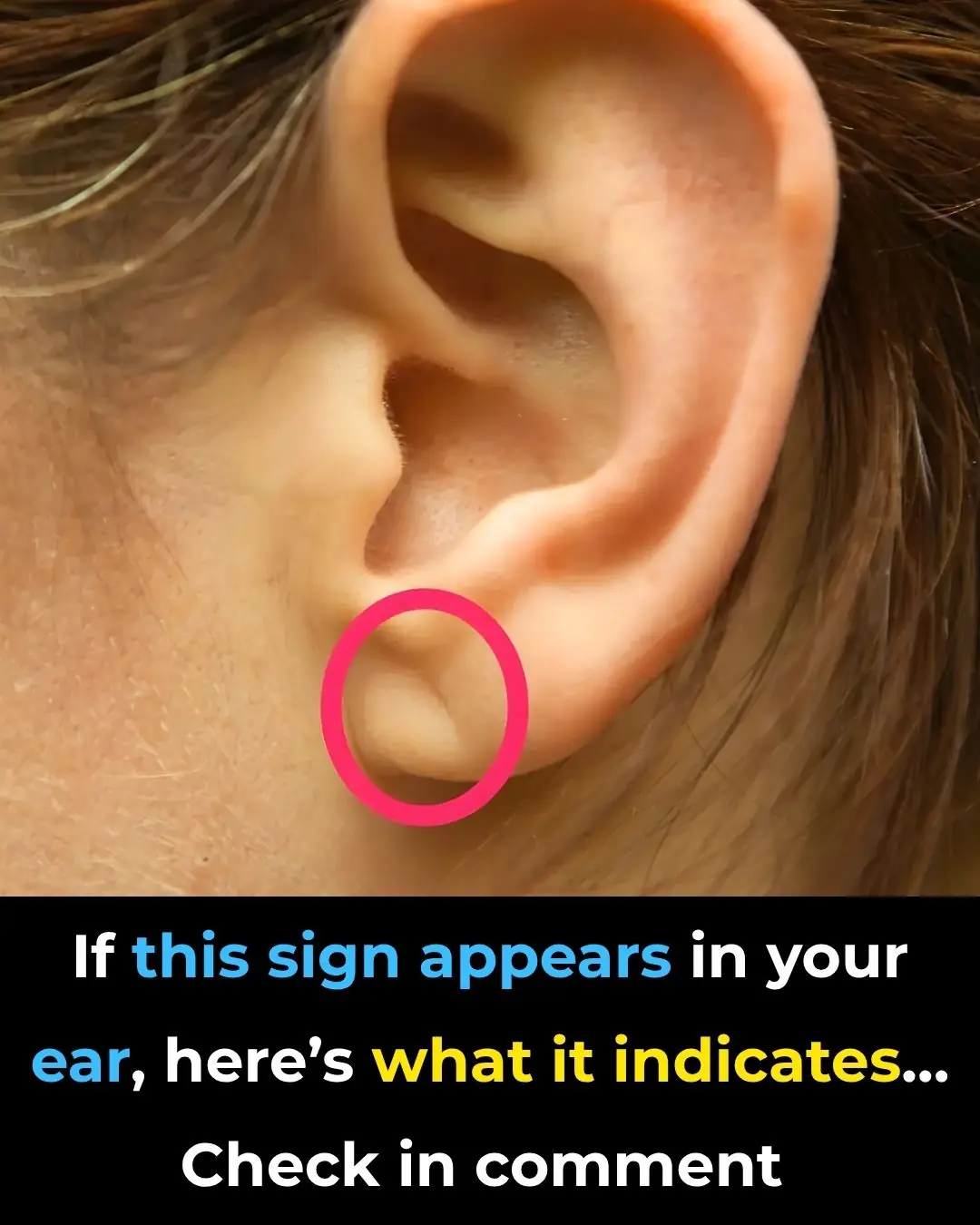
What Is Frank’s Sign

Can You See the Hidden Number in This Optical Illusion

Choose a Potion

The Meaning Behind the WC Toilet Sign

Trump Claims Tariffs Ended Six Wars: The Politics Behind His Latest Foreign Policy Assertion

Scientists Catch Grumpy Cat of the Himalayas on Camera for the First Time
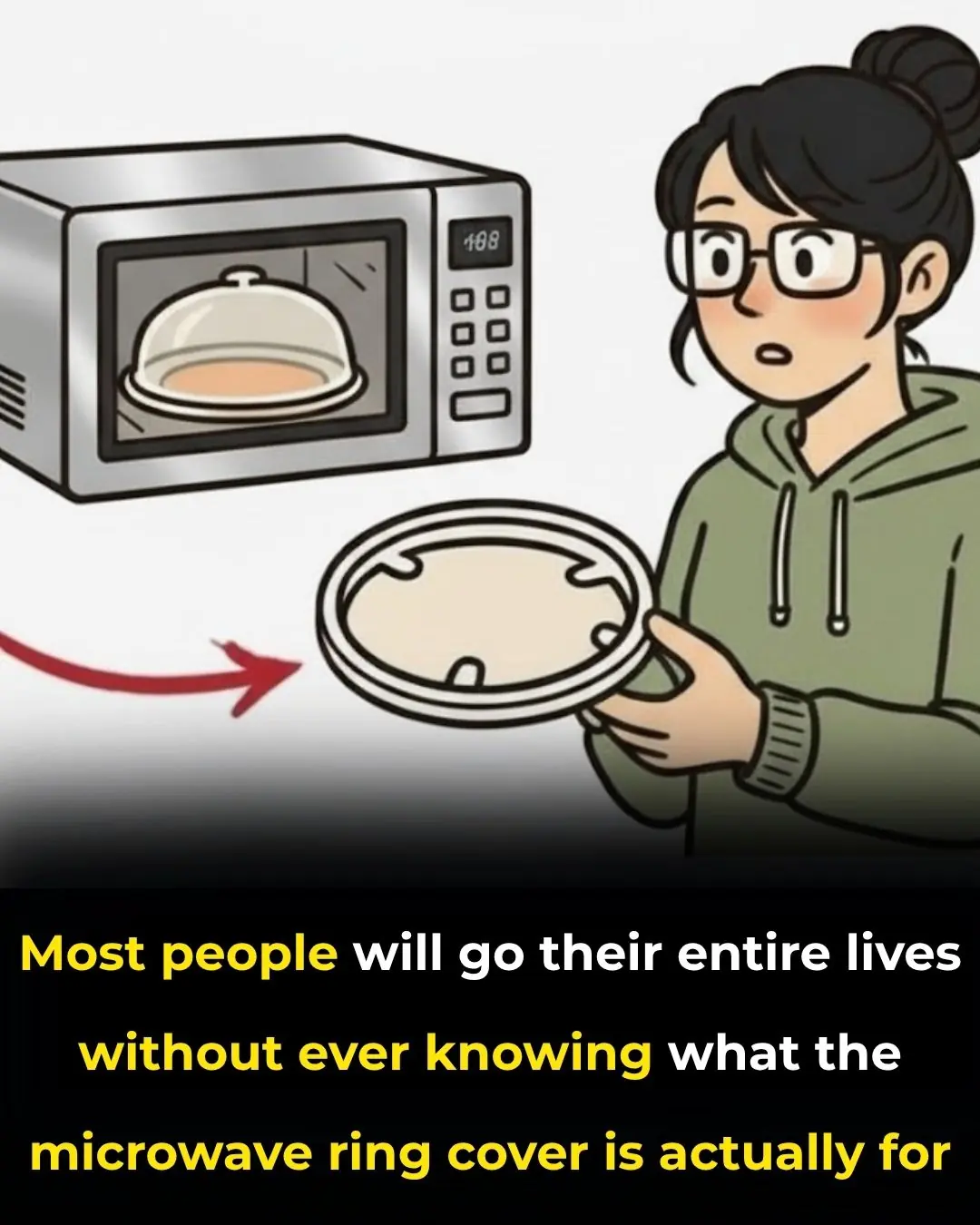
Most people will go their entire lives without ever knowing what the microwave ring cover is actually for

The reason behind children not visiting their parents

Backlash Grows After Trump’s Dismissive Comment to Female Journalist

Scientists Just Won a Nobel Prize for Discovering How to Stop Your Immune System from Attacking You

What’s the Reason Behind Painting Trees White?
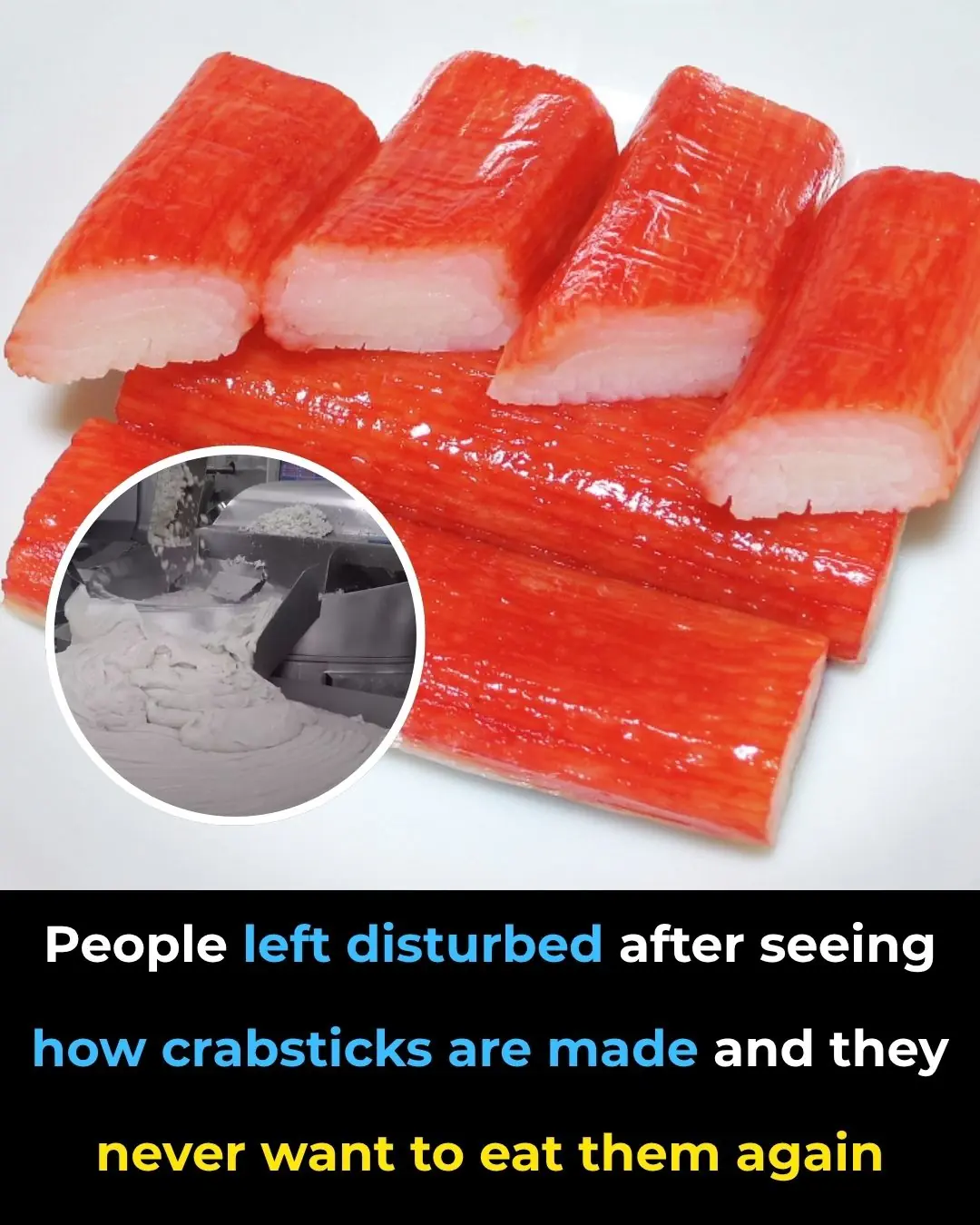
People Left Disgusted: Shocking Truth About How Crabsticks Are Made

The Purpose of the Overflow Hole in Your Sink You Never Knew

The reason behind children not visiting their parents

Powerball Winner Turns $2 Billion Fortune Toward Rebuilding Fire-Ravaged L.A. Homes

The Astonishing Claim That Humans Might Be Built for 20,000 Years

Signs Your Adult Child May Resent How You Raised Them

What’s the Reason Behind Painting Trees White?
News Post

Champ the Two-Legged Chihuahua: A Tiny Hero Who Saved His Owner’s Life
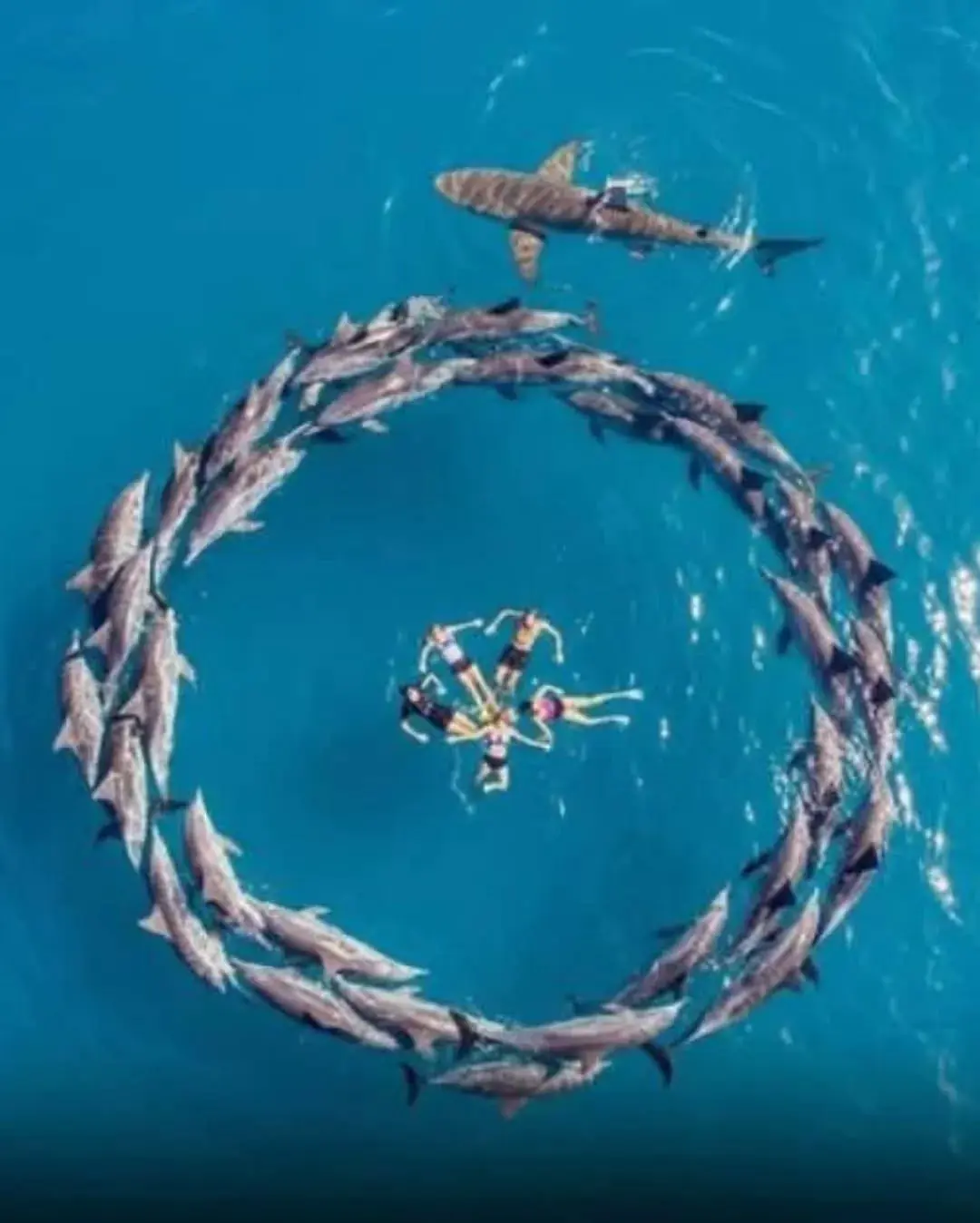
When Dolphins Became Guardians: The Day Four Swimmers Were Saved from a Great White

KEVIN’S MIRACLE: A LITTLE BOY’S COURAGE AND A FAMILY’S UNBREAKABLE HOPE 💛🎗️

Illegal Zoo in Singapore Exposed as Hub for Underground Betting Ring

A Mother’s Desperate Plea: Help Save Milena’s Life Before It’s Too Late

What Happens to Your Body When You Stop Eating
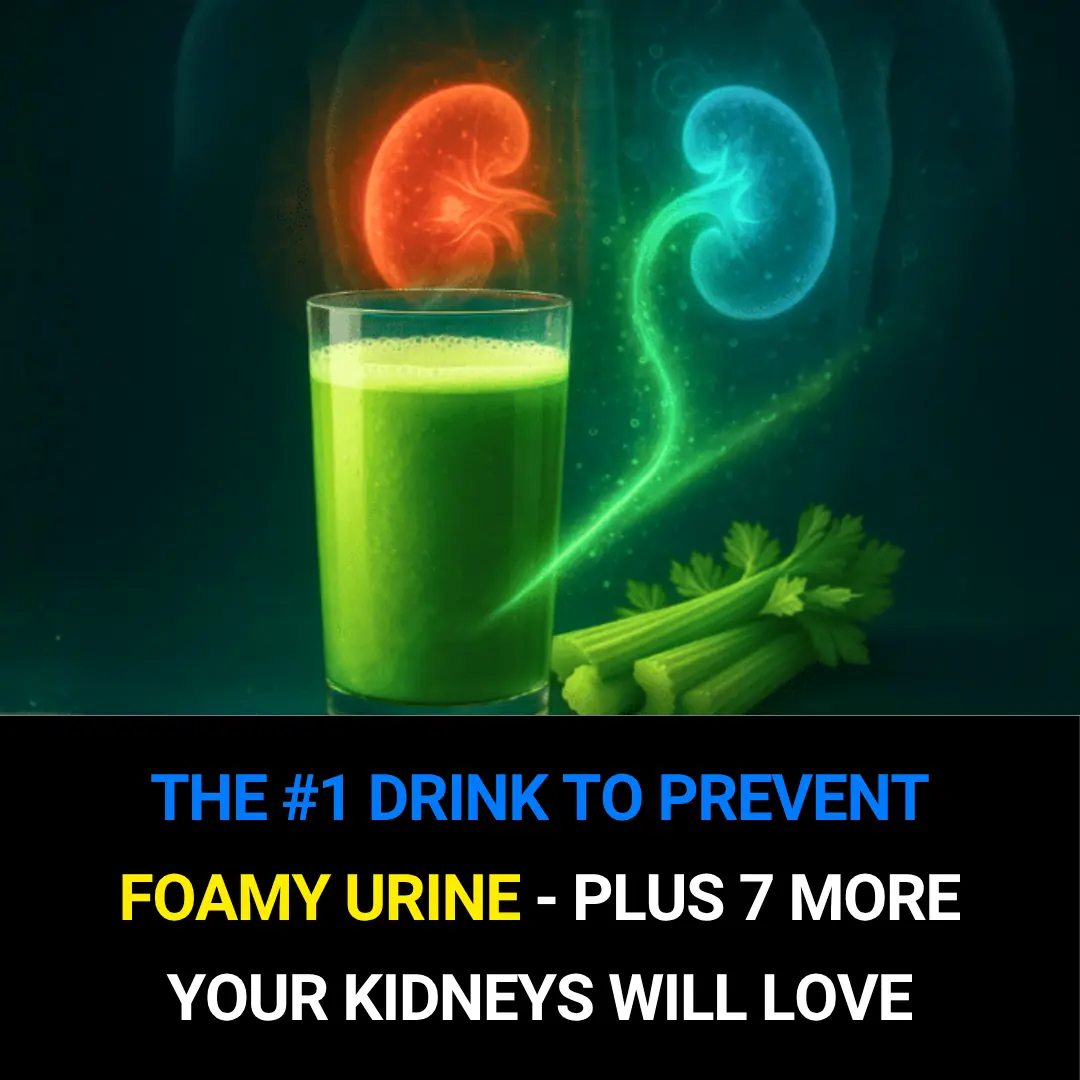
The #1 Drink to Prevent Foamy Urine — Plus 7 More Your Kidneys Will Thank You For
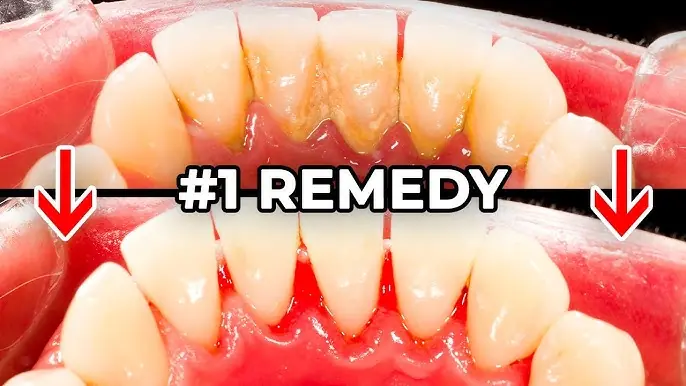
The #1 Most Effective Remedy for Dental Plaque (And How to Beat Tartar at Home)
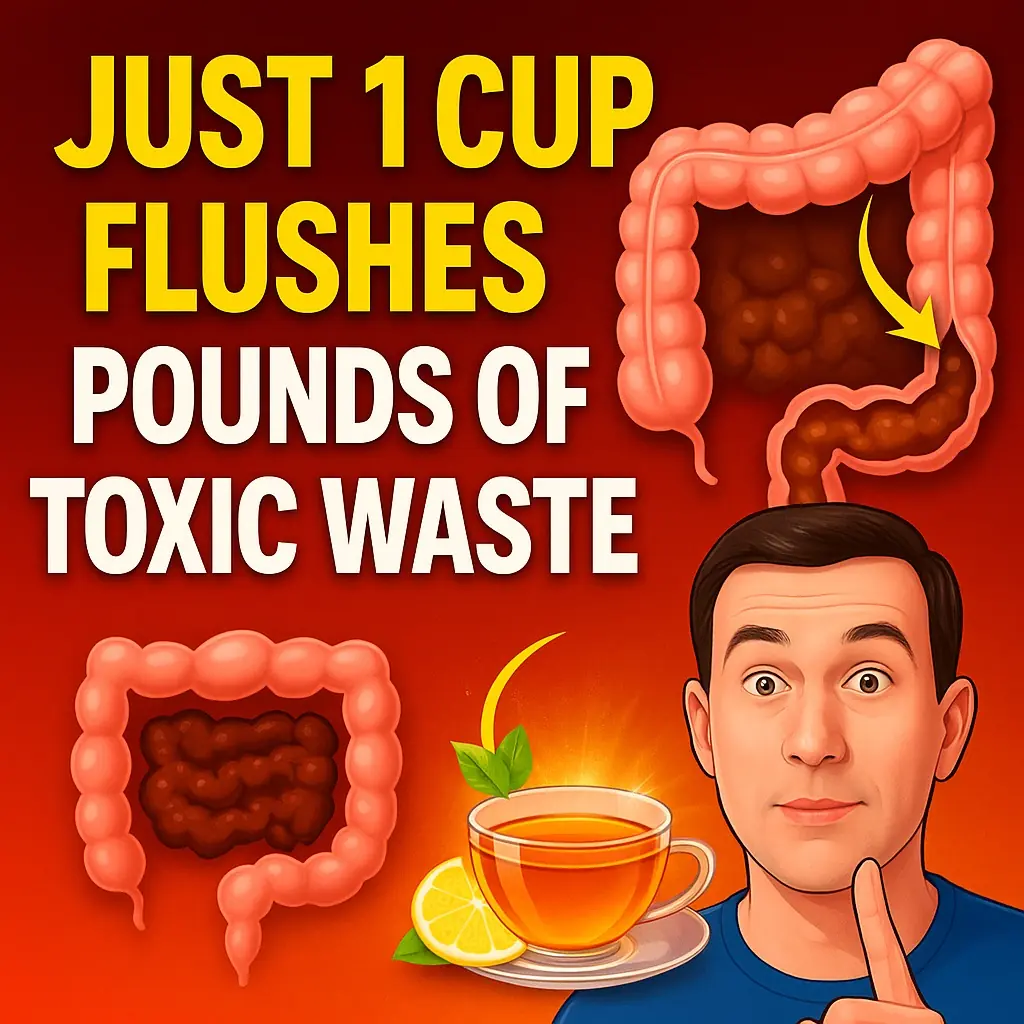
JUST 1 CUP FLUSHES POUNDS OF TOXIC WASTE

Just 2 Nuts a Day Can Support Your Thyroid, Help With Weight Loss, and Balance Blood Sugar
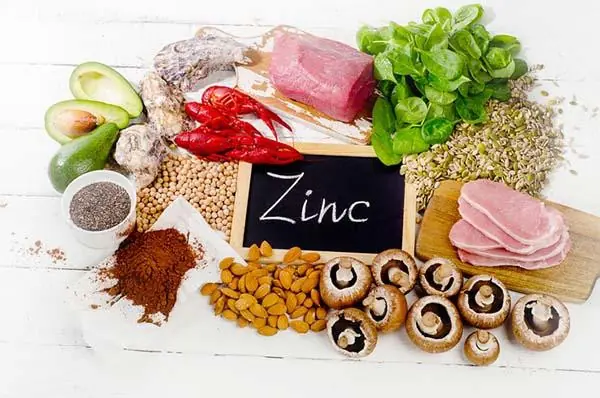
Zinc Deficiency Triggers Inflammation in Your Body — Here’s What to Eat to Fix It
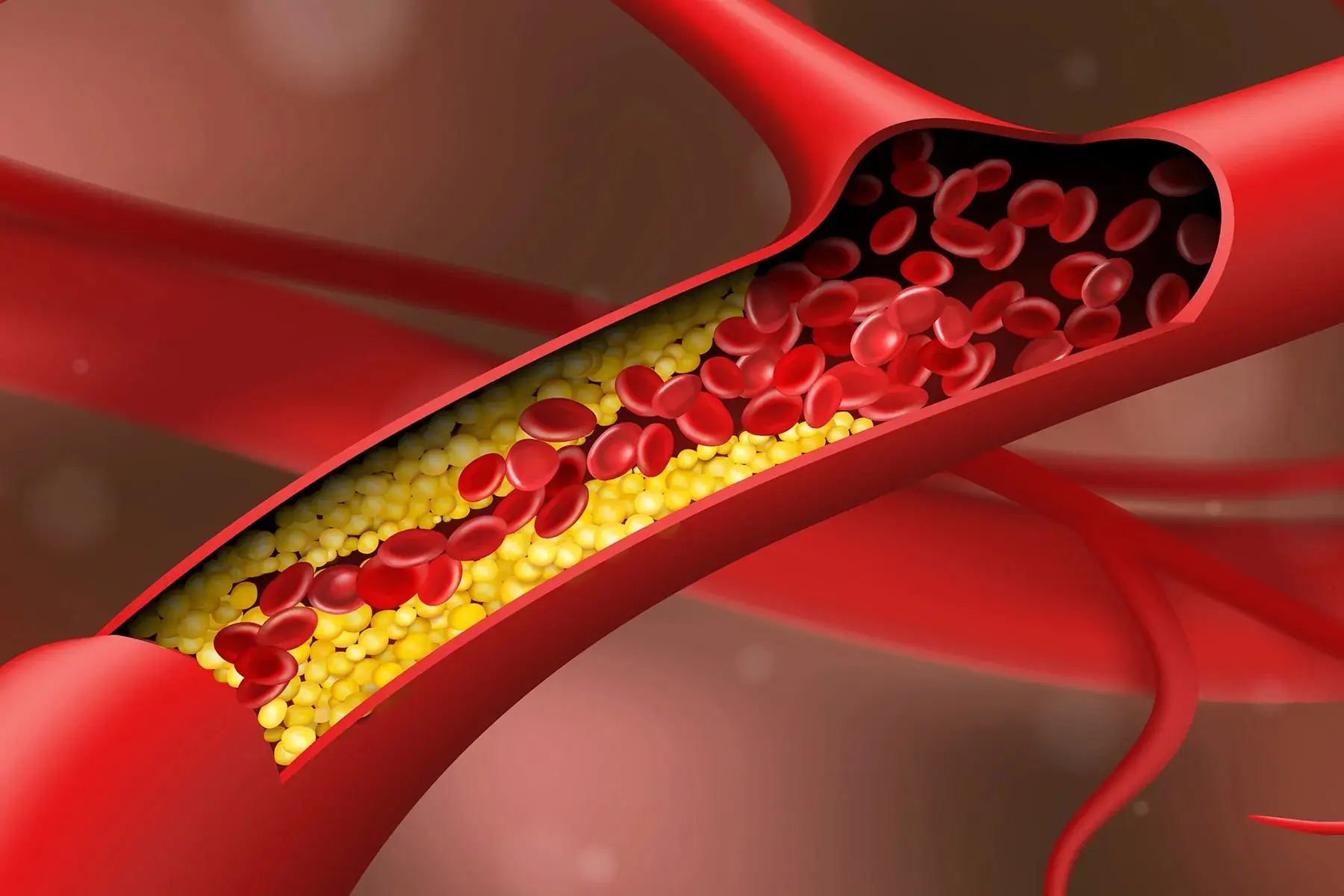
CLEANSE CLOGGED ARTERIES WITHOUT MEDICATION

The Woman Who Pulled Hope from the Mud.

Oreo the Cookie-Loving Bear of Monrovia.

The Last Act of Love: Jaelen Green’s Heroic Promise

I Came Home to Find All My Furniture Tossed on the Lawn for Free – And Found the Perfect Way to Get Back at My

Help Little Maja Win Her Fight for Life
7 Benefits of Corn Silk and How to Use It

My In – Laws Used Our Guest Room as a Storage Unit for Years and Then Blamed Us for Moth Damage – We Had a Clever Way to Make Them Pay!
